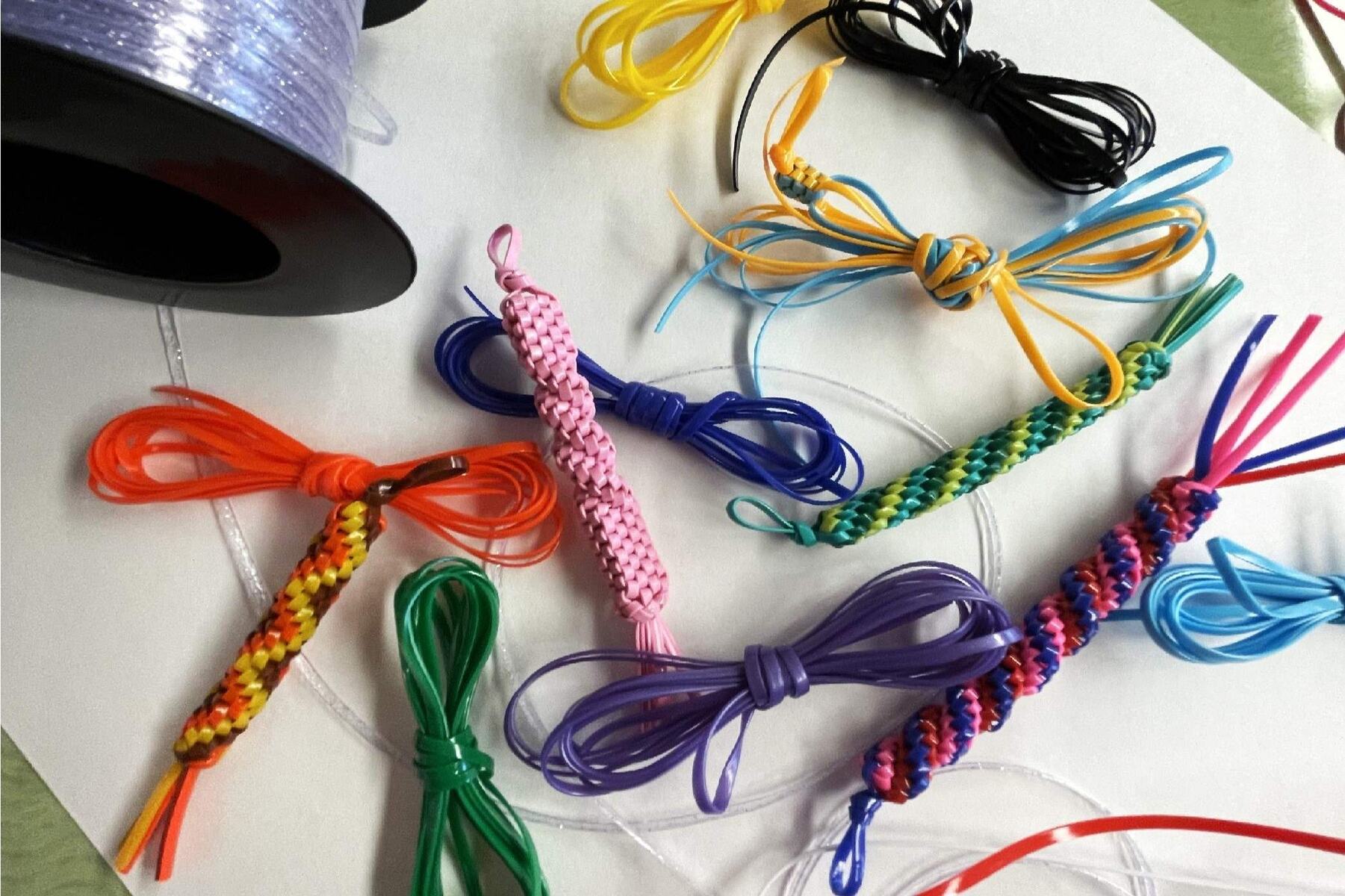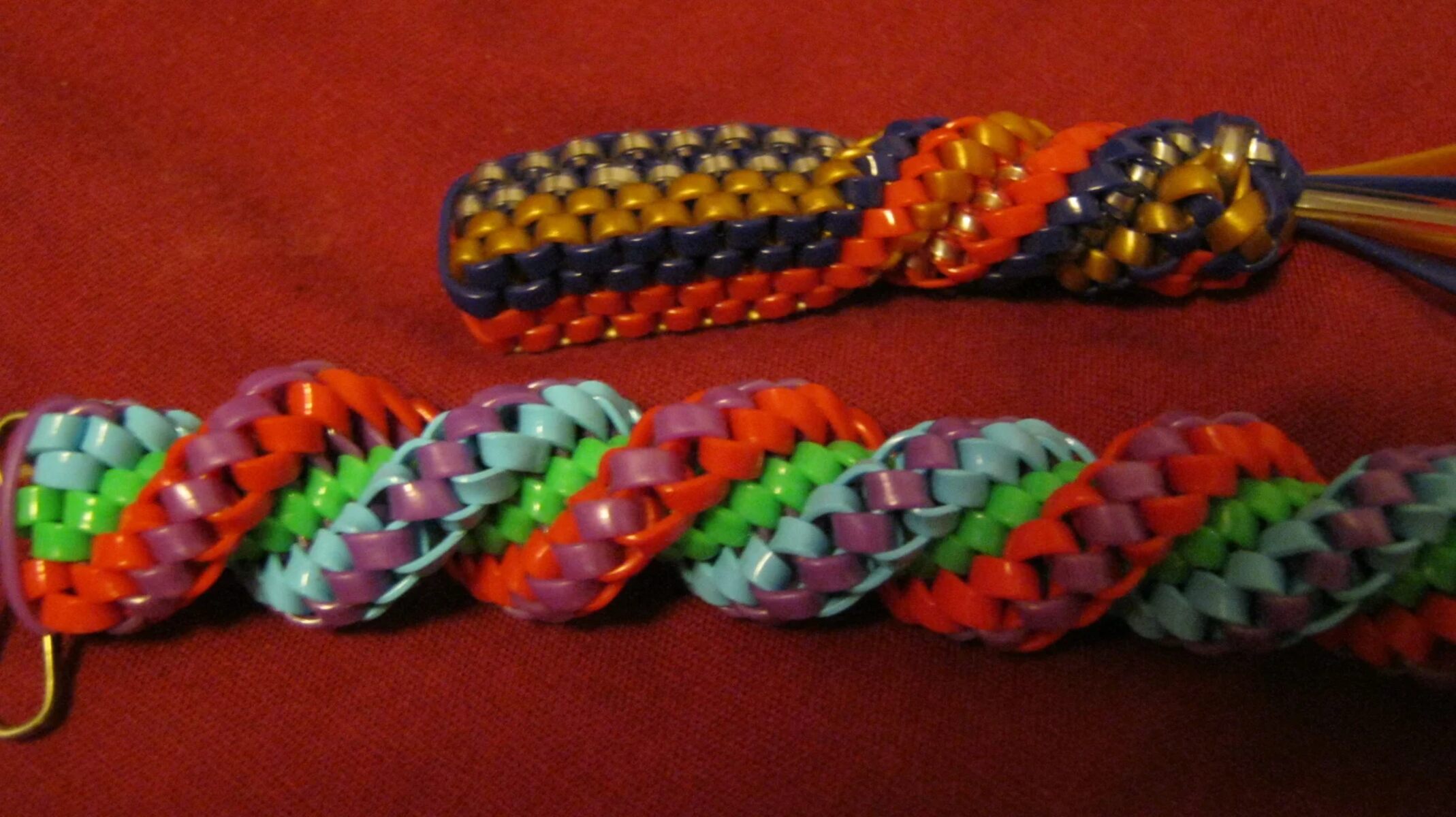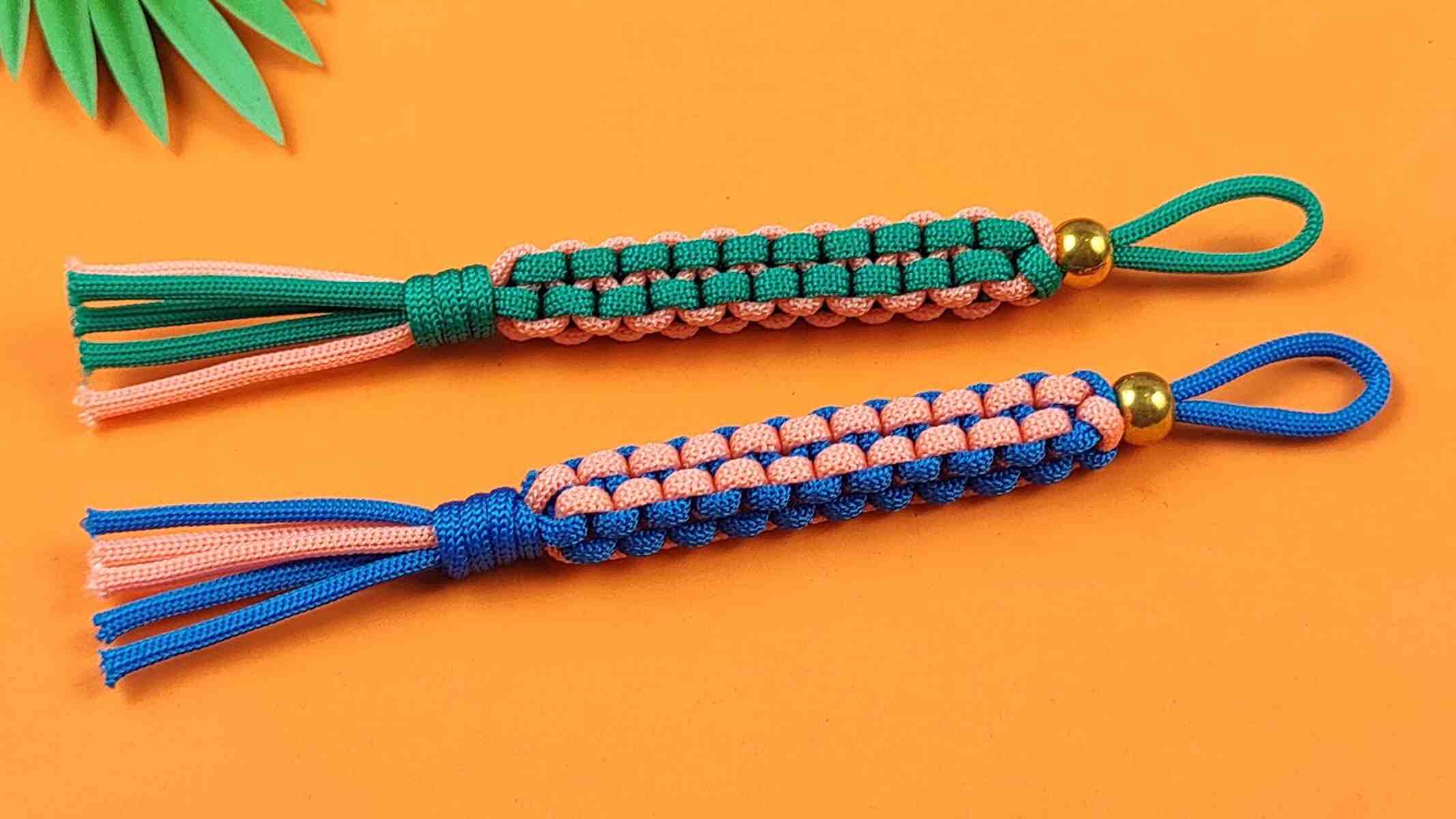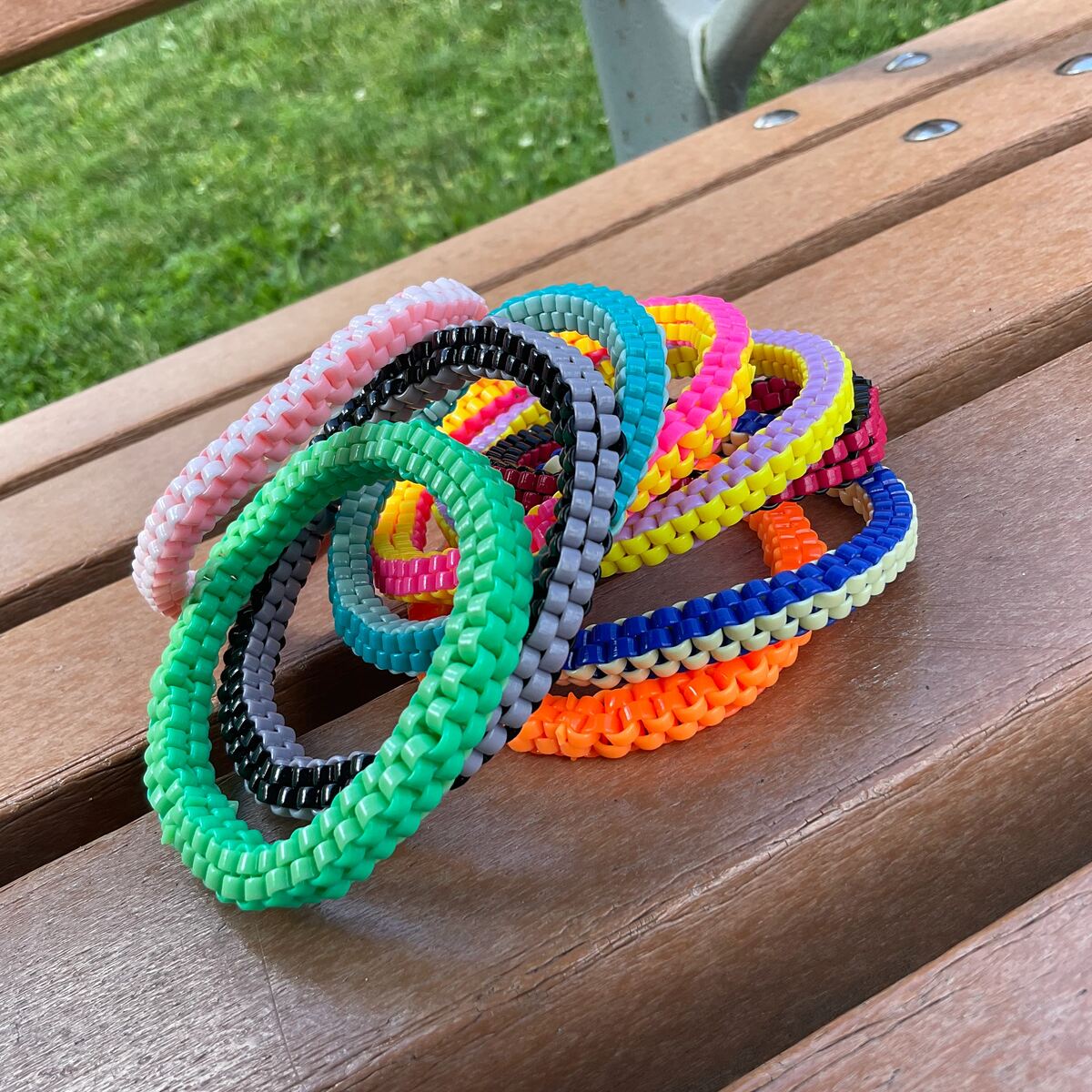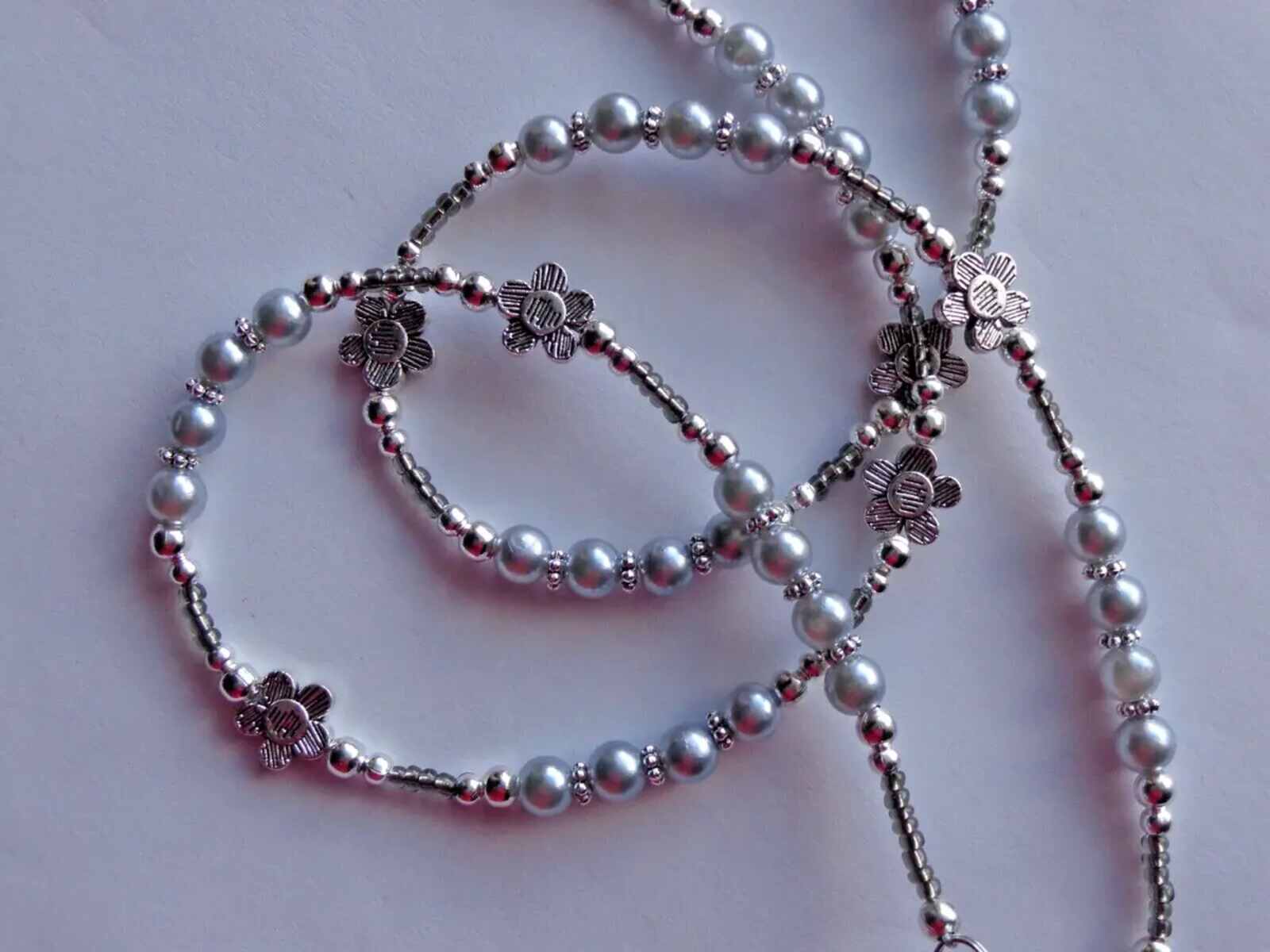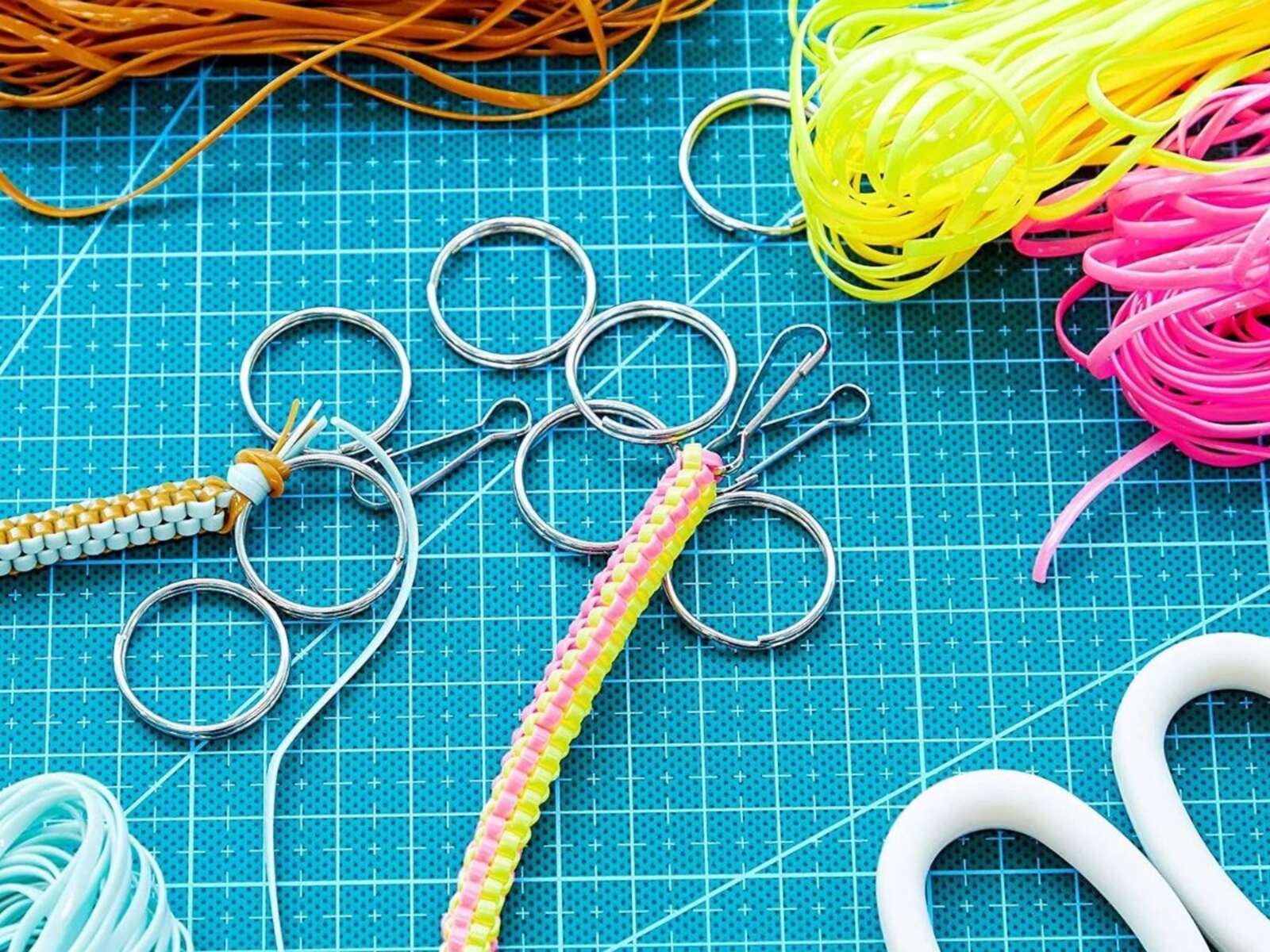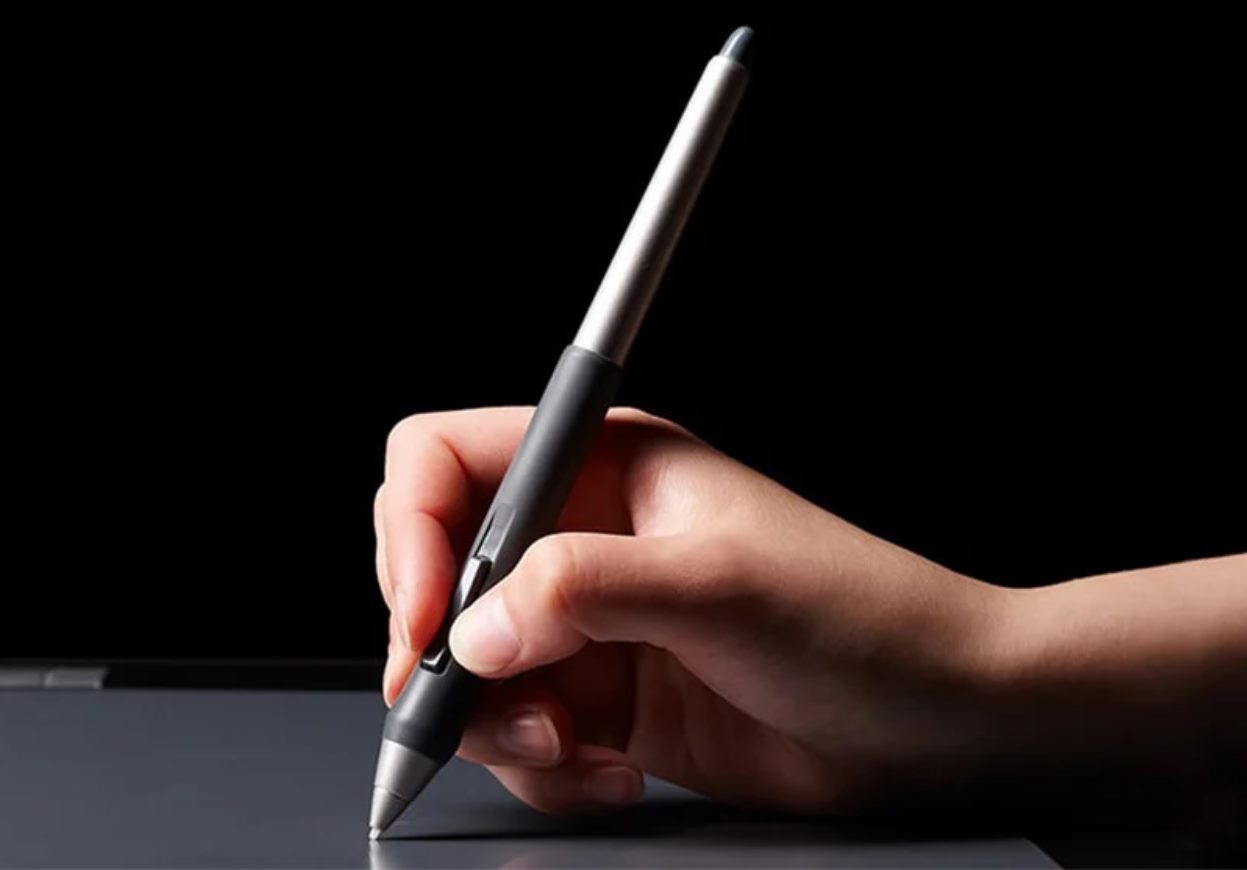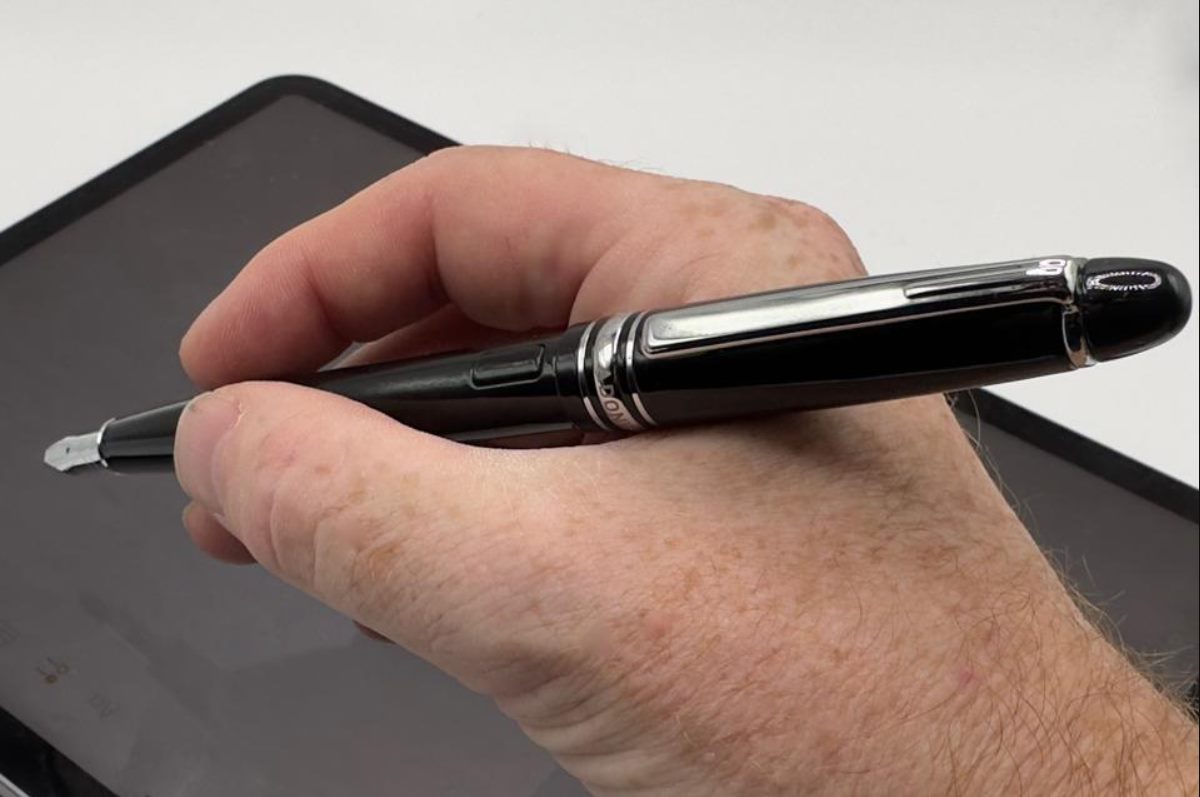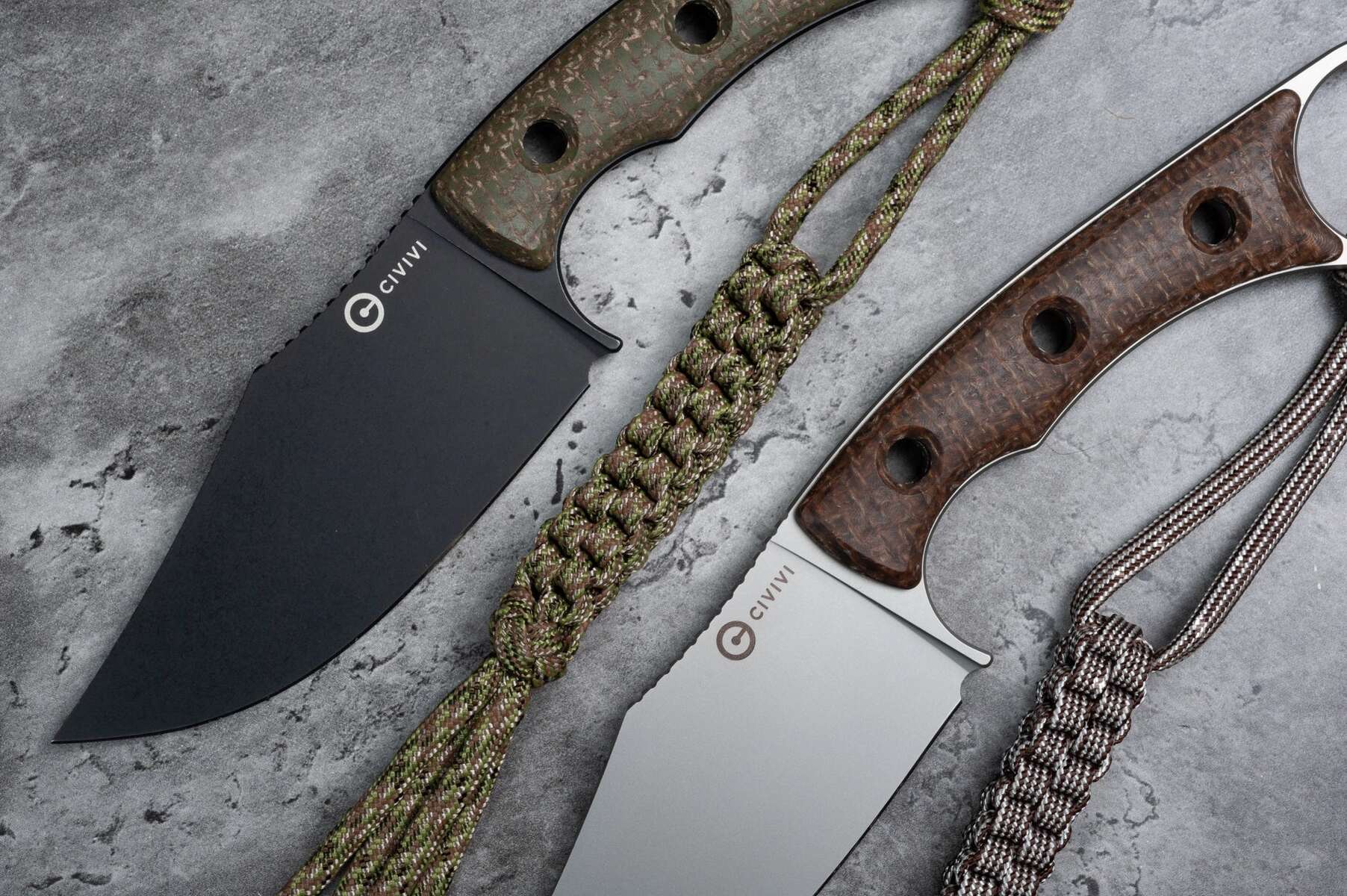Understanding the Basics of Lanyards
Lanyards, often overlooked in their simplicity, are versatile and practical accessories that have found their way into various aspects of our daily lives. These simple yet functional items consist of a cord or strap worn around the neck, shoulder, or wrist to carry items such as keys, identification cards, or small gadgets. Understanding the basics of lanyards is essential for anyone looking to embark on a lanyard project, whether for personal use or as a creative endeavor.
Lanyards come in a variety of materials, including nylon, polyester, cotton, and even paracord. Each material offers distinct characteristics in terms of durability, flexibility, and aesthetic appeal. Nylon lanyards, for instance, are known for their strength and resistance to abrasion, making them suitable for heavy-duty use. On the other hand, cotton lanyards are softer and more comfortable to wear, making them ideal for lightweight items.
The length and width of a lanyard are also crucial considerations. The length determines how the lanyard will hang when worn, while the width affects its overall strength and comfort. Standard lengths range from 36 to 42 inches, catering to different preferences and purposes. Additionally, the width of a lanyard typically ranges from 3/8 inch to 1 inch, with wider lanyards offering increased durability and a larger surface for customization.
Furthermore, lanyards can be customized with various patterns, such as the popular box stitch, cobra knot, or spiral weave. These patterns not only enhance the visual appeal of the lanyard but also contribute to its strength and flexibility. Understanding these patterns allows for creative freedom and personalization when crafting a lanyard.
In essence, understanding the basics of lanyards involves recognizing the materials, dimensions, and patterns that best suit your needs. Whether you are a beginner or an experienced crafter, delving into the fundamentals of lanyards sets the stage for an enjoyable and rewarding project, offering endless possibilities for customization and practical use.
Choosing the Right Materials for Your Lanyard Project
When embarking on a lanyard project, selecting the appropriate materials is a crucial first step. The choice of material not only determines the lanyard's durability but also influences its overall appearance and feel. Understanding the characteristics of different materials enables crafters to make informed decisions based on their specific needs and preferences.
Nylon lanyards are renowned for their exceptional strength and resistance to abrasion, making them an ideal choice for heavy-duty applications. The smooth texture of nylon also allows for vibrant and long-lasting printing, making it a popular option for customized designs. Additionally, nylon lanyards are available in a wide range of colors, providing ample opportunities for personalization.
Polyester lanyards, on the other hand, offer a balance of durability and affordability. These lanyards are known for their ability to retain vibrant colors, making them suitable for intricate and detailed designs. The smooth surface of polyester lanyards ensures a comfortable feel against the skin, enhancing the overall user experience.
For those seeking a more eco-friendly option, cotton lanyards present a sustainable choice. Known for their softness and breathability, cotton lanyards are comfortable to wear for extended periods. Their natural texture also provides a unique aesthetic appeal, making them an excellent option for casual or promotional lanyards.
Paracord lanyards, crafted from nylon parachute cord, offer exceptional strength and versatility. Originally designed for military use, paracord is now popular in crafting due to its robust nature and wide array of color options. Paracord lanyards are well-suited for outdoor activities and survival kits, making them a practical choice for adventurous individuals.
When considering the materials for a lanyard project, it is essential to assess the intended use and environmental factors. Whether it's the rugged durability of nylon, the vibrant printing capabilities of polyester, the natural appeal of cotton, or the resilience of paracord, each material offers distinct advantages that cater to diverse needs and preferences.
By carefully selecting the right materials, crafters can ensure that their lanyard project aligns with their desired functionality, aesthetics, and comfort. This thoughtful consideration sets the stage for a successful and satisfying lanyard crafting experience, where the chosen materials become the foundation for a personalized and practical accessory.
Selecting the Ideal Length and Width for Your Lanyard
The length and width of a lanyard play a pivotal role in determining its functionality, comfort, and overall aesthetic appeal. When embarking on a lanyard project, it is essential to carefully consider these dimensions to ensure that the final product meets the intended purpose and aligns with personal preferences.
Length Considerations
The length of a lanyard directly impacts how it will be worn and the accessibility of the items attached to it. Standard lanyard lengths typically range from 36 to 42 inches, offering versatility to accommodate various preferences and applications. For instance, a shorter lanyard, around 36 inches, may be suitable for carrying items closer to the body, providing a more secure and compact carrying solution. On the other hand, a longer lanyard, approximately 42 inches, allows for more freedom of movement and easy access to attached items.
When selecting the ideal length for a lanyard, it is crucial to consider the intended use. For instance, lanyards designed to hold identification cards or access keys may benefit from a shorter length to keep the items within close reach. Conversely, lanyards intended for holding larger or bulkier objects, such as electronic devices or tools, may require a longer length to accommodate the additional size and weight.
Width Considerations
The width of a lanyard contributes to its overall strength, durability, and customization potential. Lanyards typically range in width from 3/8 inch to 1 inch, with wider lanyards offering increased surface area for personalized designs and enhanced durability. A wider lanyard also distributes the weight of attached items more evenly, reducing strain and discomfort when worn for extended periods.
Furthermore, the width of a lanyard influences its visual impact and customization options. A broader lanyard provides ample space for intricate patterns, vibrant logos, or personalized text, making it an ideal choice for promotional or branding purposes. Conversely, narrower lanyards offer a sleek and understated look, suitable for minimalist designs or casual everyday use.
In essence, selecting the ideal length and width for a lanyard involves a thoughtful assessment of the intended use, comfort requirements, and customization preferences. By carefully considering these dimensions, crafters can ensure that the resulting lanyard not only serves its practical function but also reflects their unique style and personality. Whether it's a compact and secure lanyard for essential items or a bold and expressive lanyard for promotional purposes, the length and width specifications lay the foundation for a tailored and purposeful accessory.
Exploring Different Types of Lanyard Patterns
Exploring different types of lanyard patterns opens up a world of creativity and customization, allowing crafters to infuse their lanyard projects with unique designs and visual appeal. Each pattern offers distinct characteristics in terms of aesthetics, strength, and complexity, providing ample opportunities for personalization and self-expression.
Box Stitch
The box stitch, also known as the square stitch, is a classic lanyard pattern characterized by its interwoven square or box-like design. This pattern is popular for its simplicity and versatility, making it an ideal choice for beginners and experienced crafters alike. The box stitch creates a sturdy and uniform structure, providing ample support for carrying items while allowing for customization through the use of multiple colors.
Cobra Knot
The cobra knot, often associated with paracord lanyards, features a series of interlocking knots that form a visually striking and intricate design. This pattern is favored for its durability and resilience, making it suitable for outdoor and rugged use. The cobra knot allows for the incorporation of contrasting colors and textures, resulting in lanyards with a bold and dynamic appearance.
Spiral Weave
The spiral weave pattern introduces a sense of fluidity and movement to lanyard designs, resembling a coiled spiral that traverses the length of the lanyard. This pattern offers a visually captivating and elegant aesthetic, making it a popular choice for decorative or ornamental lanyards. The spiral weave allows for seamless integration of multiple colors, creating mesmerizing visual effects that elevate the overall appeal of the lanyard.
Fishtail Braid
The fishtail braid pattern, characterized by its intertwined strands that resemble a fishtail, imparts a sense of intricacy and texture to lanyard designs. This pattern is versatile and lends itself well to various materials, offering a tactile and visually appealing finish. The fishtail braid pattern allows for the incorporation of subtle color gradients and intricate detailing, resulting in lanyards with a refined and artisanal appearance.
Chevron Pattern
The chevron pattern features a series of interlocking V-shaped motifs, creating a geometric and modern aesthetic for lanyards. This pattern offers a contemporary and stylish appeal, making it suitable for personalized or promotional lanyards. The chevron pattern allows for the seamless integration of corporate colors, logos, and text, making it an ideal choice for branding and promotional purposes.
In essence, exploring different types of lanyard patterns enables crafters to unleash their creativity and personalize their projects to suit their individual style and preferences. Whether it's the timeless appeal of the box stitch, the rugged allure of the cobra knot, or the elegant charm of the spiral weave, each pattern offers a unique avenue for crafting lanyards that are as visually captivating as they are functional.
Adding Personalized Touches to Your Lanyard Design
Personalizing a lanyard design offers an avenue for self-expression and individuality, transforming a functional accessory into a unique and meaningful statement. By infusing personalized touches, crafters can imbue their lanyard projects with character, sentiment, and visual appeal, creating a tangible reflection of their style and identity.
Customized Color Combinations
One of the most impactful ways to personalize a lanyard design is through the selection of color combinations. By carefully choosing hues that resonate with personal preferences or align with a specific theme, crafters can evoke emotions and convey individuality through their lanyard creations. Whether it's a vibrant and energetic palette for a spirited expression or a muted and understated scheme for a minimalist aesthetic, the choice of colors sets the tone for a personalized lanyard design.
Embellishments and Accessories
Incorporating embellishments and accessories provides an opportunity to add flair and individuality to a lanyard design. From decorative beads and charms to functional attachments such as retractable badge reels or safety breakaways, these additions serve as unique embellishments that elevate the visual appeal and functionality of the lanyard. Crafters can select embellishments that hold personal significance or align with a specific theme, infusing their lanyard designs with personalized touches that make a statement.
Personalized Embroidery or Printing
Custom embroidery or printing allows for the incorporation of names, initials, logos, or meaningful messages onto the lanyard, adding a deeply personal and customized element to the design. Whether it's a monogram representing an individual's identity or a company logo symbolizing brand affiliation, personalized embroidery or printing transforms a lanyard into a bespoke accessory that carries personal significance and meaning.
Unique Weaving Patterns
Exploring unique weaving patterns presents an opportunity to infuse lanyard designs with distinctive visual appeal and personalized flair. Crafters can experiment with intricate knotting techniques, unconventional weaving styles, or innovative combinations of materials to create lanyards that stand out as personalized works of art. By incorporating unique weaving patterns, crafters can showcase their creativity and individuality, resulting in lanyards that are as visually captivating as they are personal.
In essence, adding personalized touches to a lanyard design is a deeply enriching and creative process that allows crafters to imbue their projects with individuality, sentiment, and visual allure. Whether through customized color combinations, unique weaving patterns, or personalized embroidery, each personalized touch contributes to the creation of lanyards that are distinctly reflective of the crafter's style, personality, and purpose.
Tips for Starting and Finishing Your Lanyard Project
Embarking on a lanyard project is an exciting journey that offers a myriad of creative possibilities. Whether you are a novice crafter or a seasoned artisan, the process of starting and finishing a lanyard project requires careful consideration and attention to detail. Here are essential tips to guide you through the inception and completion of your lanyard endeavor:
-
Gather Essential Supplies: Before diving into your lanyard project, ensure that you have all the necessary supplies at hand. This includes the chosen lanyard material, such as nylon, polyester, cotton, or paracord, as well as any additional embellishments or accessories you plan to incorporate. Having a well-prepared workspace with scissors, clips, and a reliable lanyard jig, if needed, sets the stage for a smooth and organized crafting process.
-
Select a Suitable Pattern: Consider the pattern that best aligns with your skill level and desired aesthetic. Whether it's the classic box stitch for beginners or the intricate cobra knot for a more advanced challenge, choosing a pattern that resonates with your vision ensures a rewarding crafting experience. Additionally, exploring various weaving techniques and experimenting with different patterns can add a unique touch to your lanyard design.
-
Measure and Plan: Determine the desired length and width of your lanyard, taking into account the intended use and personal preferences. Careful measurement and planning ensure that your lanyard not only meets functional requirements but also aligns with your envisioned design. Consider creating a blueprint or sketch to visualize the end result and guide your weaving process.
-
Focus on Technique: Pay attention to the weaving technique and tension to ensure a consistent and well-executed lanyard. Whether you are using the box stitch, cobra knot, or spiral weave, maintaining even tension and precision in your weaving enhances the structural integrity and visual appeal of the lanyard. Practice and patience are key to mastering the weaving technique and achieving a polished finish.
-
Add Personalized Touches: Infuse your lanyard with personalized elements such as customized color combinations, unique embellishments, or personalized embroidery to imbue it with character and individuality. These personalized touches not only enhance the visual appeal but also make the lanyard a meaningful and personalized accessory.
-
Finish with Care: When completing your lanyard, ensure that the finishing touches are executed with precision. Secure the ends of the lanyard with appropriate knots or fastenings, taking care to trim any excess material neatly. Attention to detail during the finishing stage ensures a professional and polished outcome.
By following these tips, you can embark on your lanyard project with confidence, creativity, and attention to detail, resulting in a finished lanyard that reflects your craftsmanship and personal style. Whether it's a simple and functional lanyard for everyday use or an intricately designed piece for gifting, the process of starting and finishing your lanyard project is a rewarding and fulfilling endeavor.







